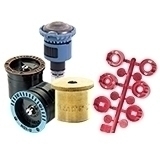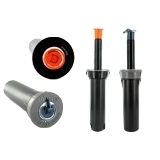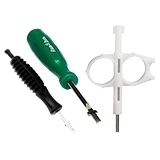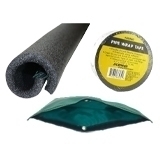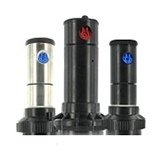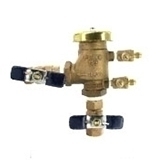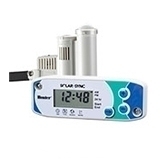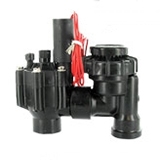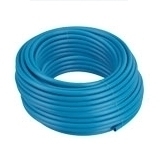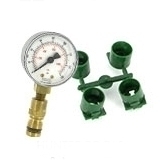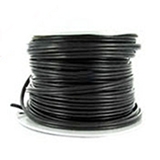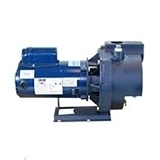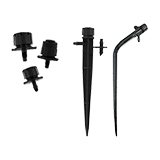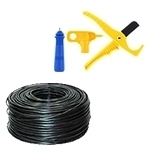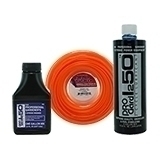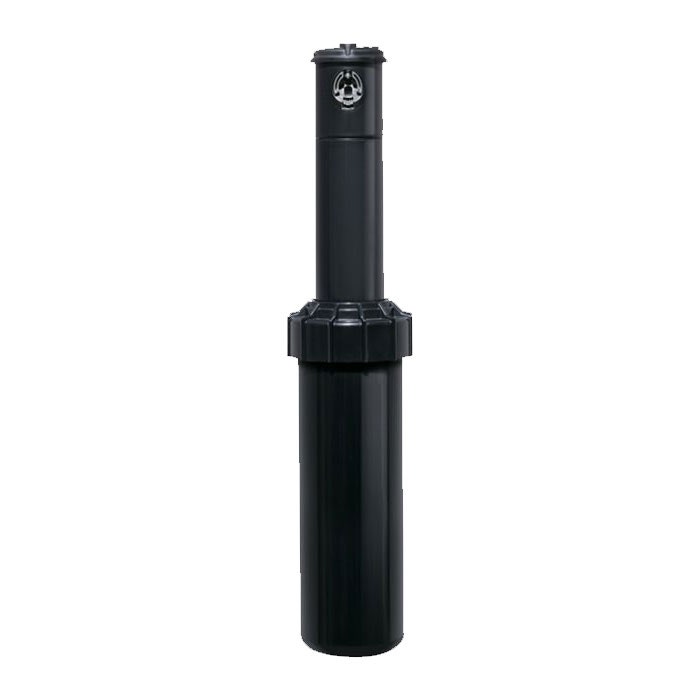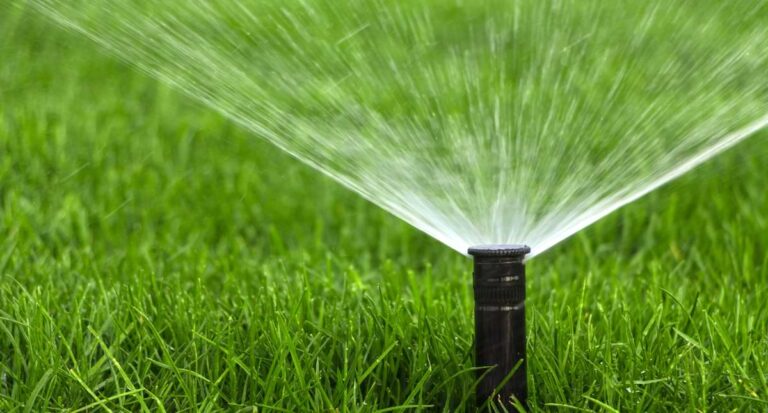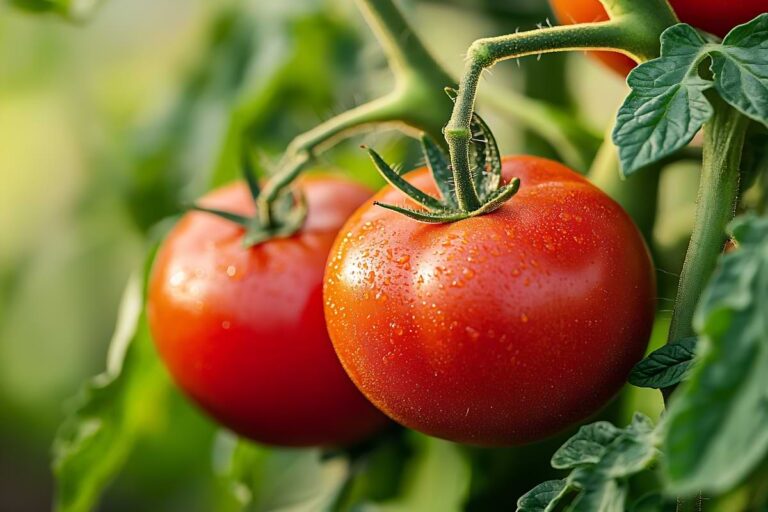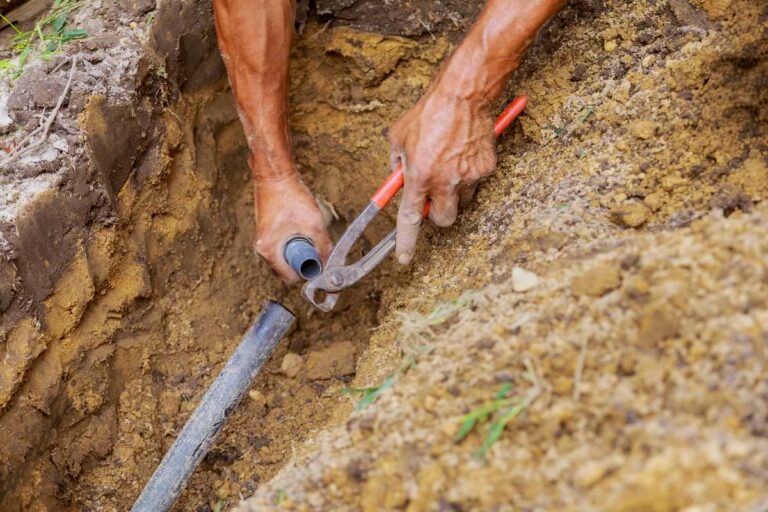Table of Contents: Designing a Commercial Sprinkler System
Designing a commercial sprinkler system takes more than just laying out sprinkler heads—it’s about efficiency, durability, and delivering consistent coverage across large, often complex landscapes.
Whether you’re outfitting a business park, sports field, or an apartment complex, a well-planned system can save time, reduce water waste, and protect your landscaping investment.
How to Set up a Commercial Irrigation System
Setting up a commercial irrigation system takes careful planning, the right equipment, and smart zoning. From site assessment to layout design, installation, and system testing, each step ensures efficient water delivery across large landscapes. Here’s how to get it done right.
Step 1: Evaluate the Site
Every design starts with a site survey. Walk the property to map out square footage, slopes, plant types, paved areas, and sun exposure.
Commercial properties often have mixed-use zones: turf, flowerbeds, shrubs, or hardscapes. Take note of water pressure and flow rate at the main point of connection, as these two factors will impact everything from head selection to zoning.
Step 2: Create a Scaled Plan
Using your measurements, draw a to-scale layout of the site, including buildings, driveways, existing vegetation, and utility lines. Creating a layout will help you visualize the irrigation zones and prevent overspray onto sidewalks or buildings.
Group areas with similar watering needs—such as shaded grass versus full-sun shrubs—into separate zones for better control and efficiency.
Step 3: Choose the Right Sprinkler Heads
Match sprinkler types to each area’s shape and size. Use rotor heads for large open spaces, spray heads for smaller lawns or garden beds, and drip irrigation for flowerbeds or planters.
High-efficiency nozzles, pressure-regulated heads, and check valves are essential for commercial applications—they reduce water waste and ensure even coverage.
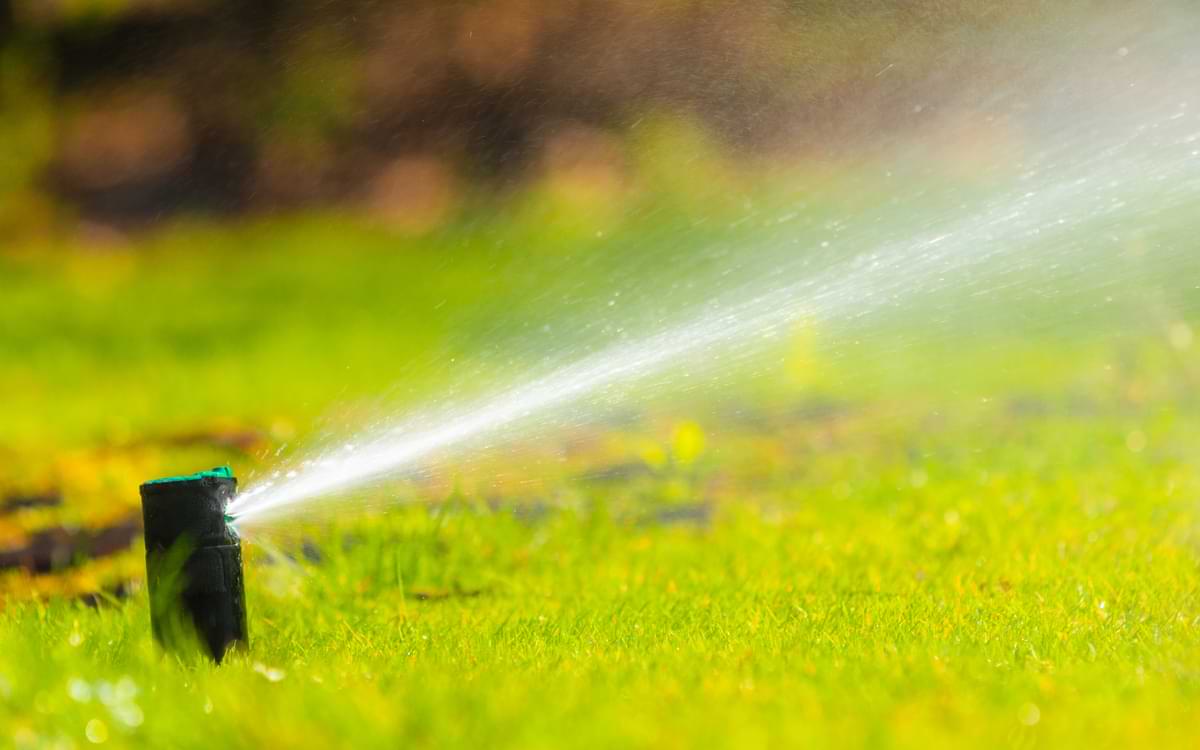
Step 4: Divide into Zones
Commercial systems are often divided into several zones based on plant needs, sun exposure, and water pressure requirements. Each zone is controlled by a valve and runs independently to ensure the system performs reliably without losing pressure.
Smart zoning also prevents overwatering and runoff, especially in sloped or shaded areas.
Step 5: Select the Right Controller
Smart irrigation controllers are a must for commercial properties. WiFi-enabled systems allow for remote scheduling, automatic seasonal adjustments, and integration with rain or soil moisture sensors.
These features reduce manual labor and keep your landscape healthy year-round while lowering utility bills.
Step 6: Plan for Long-Term Maintenance
Design your system with durability and maintenance in mind. Install valve boxes for easy access, use high-quality PVC or polyethylene piping, and consider flow sensors or master valves for leak detection.
Backflow preventers are also essential to protect the potable water supply and meet local codes.
Commercial Sprinkler Systems Done Right
A commercial irrigation system is only as good as its design. Taking the time to plan thoroughly, calculate water requirements accurately, and invest in smart technology will ensure long-term performance and water savings.
For larger projects, partnering with a licensed irrigation professional can help you meet local regulations, pass inspections, and avoid costly mistakes.
FAQs for Commercial Sprinkler Systems
What is the difference between residential and commercial sprinkler systems?
Commercial sprinkler systems are designed for larger, more complex properties such as office parks, sports fields, and shopping centers. They use higher-capacity components, advanced zoning, and automation to efficiently manage extensive landscapes. In contrast, residential systems are simpler and tailored to smaller lawns and gardens.
How much does a commercial sprinkler system cost?
Commercial sprinkler systems typically cost between $1,000 to $5,000 per acre, depending on the property size, terrain, water source, and system complexity. Costs increase with custom features such as smart controllers, drip zones, or backflow preventers. Installation and long-term maintenance should also be factored into the overall budget.
What are the 4 types of commercial sprinkler systems?
The four main types of sprinkler systems are spray systems, rotor systems, drip irrigation, and micro-spray systems. Spray systems are ideal for smaller, flat areas. Rotor systems cover large zones with rotating streams. Drip irrigation delivers water directly to plant roots, making it efficient for beds and borders. Micro-spray systems offer targeted, low-flow watering for specific plants or tight spaces.
If you want to stay up-to-date on the latest Sprinkler Warehouse news and make the most of all of our one-of-a-kind promotions, join the Irri-Gator community today. Happy watering, Irri-Gators!


